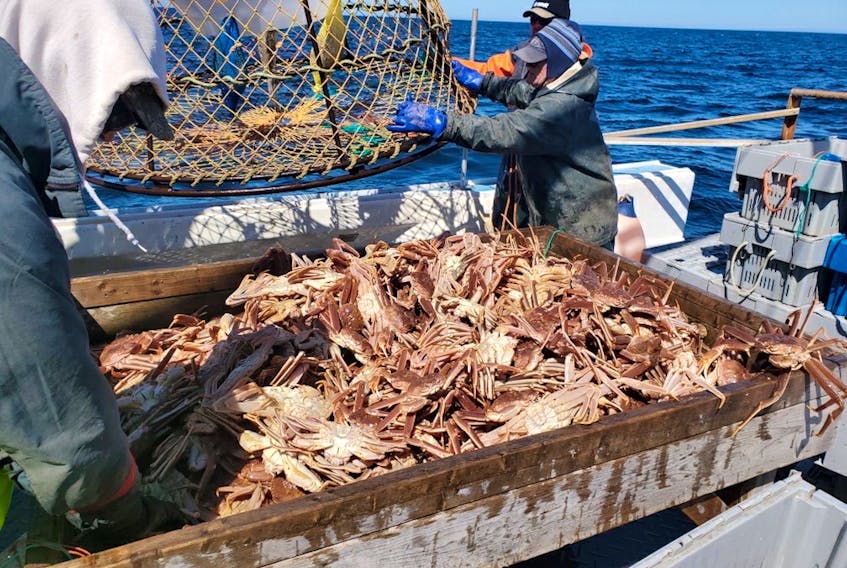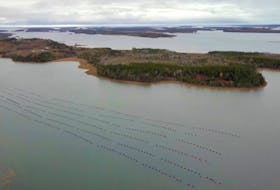Although 2020 got off to a rocky start for the lobster and snow crab fisheries in Atlantic Canada, seafood marketing guru John Sackton says the year was a good one for exports to the United States.
In a presentation to the annual general meeting of the Fisheries Council of Canada (FCC) Tuesday, he said stimulus spending by the U.S. government to assist Americans who lost work due to COVID-19 helped protect disposable income.
The stimulus package provided $600 a week in unemployment benefits.
“Everyone was nervous —the buyers, the banks, the processors — no one knew what was going to happen.”
As a result, spending on seafood was steady said Sackton, who provides industry news and market analysis to the industry through his website seafoodnews.com
Lobster prices followed the same pattern typical of a pandemic-free season, he said.
“Every year the bottoming out of live lobster prices is usually in June and then it starts to rise. And this year was no exception.”
He said although the restaurant trade took a hit with COVID-19, with about 25 per cent of U.S. restaurants shutting down, the fact that Americans were unable to travel beyond their own borders this summer led to a fairly busy tourism season along the U.S. east coast.
And that meant people dining out on lobster and other seafood.
“In September, lobster prices were very close to the prices we had at the same time in 2019,“ he said.

A similar scenario played out with snow crab.
At the onset of the pandemic in the spring, at the same time the snow crab season was getting started in Atlantic Canada, there was a lot of fear and uncertainty in the markets as it became evident it would not be business as usual in the food service industry.
Restaurants were closing down as people started staying home.
“Everyone was nervous —the buyers, the banks, the processors — no one knew what was going to happen,” Sackton said.
What went right, he said, was the buyers took a chance to order crab at the beginning of the season and producers delivered the crab at a lower price than the previous season.
Sales were slow to begin with, according to Sackton.
“There was an initial drop of 20 per cent at the beginning of the year but as the retail sector began selling snow crab, prices began to recover,” he said.
By the end of the summer, he said, snow crab prices were at the same level as in 2019.
The outlook for snow crab is currently very strong, said Sackton.
However, the future is riding on the U.S. economic situation after the Nov. 3 presidential election.
Sackton noted Republican President Donald Trump has no plan to continue a stimulus package for unemployed Americans
“If Trump is re-elected to the White House and fails to produce a stimulus package or enact measures to reduce the spread of COVID, the economic downturn could be serious," Sackton predicted.
His hopes for the seafood industry are pinned on Democratic presidential candidate Joe Biden, who has said he will provide a stimulus package as the country deals with COVID-19.
It's evident which presidential candidate Sackton is supporting.
“The only way to resolve this is with an overwhelming electoral decision in favour of the Democrats. If that happens there’s a way for the U.S. to gain economic normalcy. If not it’s going to be very hard to foresee what happens.“
Meanwhile, China also offers opportunities for Canadian exports as well, although COVID has created challenges.
“The shutdown of international travel has distorted trade flow,” said Sackton.
For most of 2020, he said, Canadian seafood exporters had to depend “more than usual” on U.S. consumers for sales.
And while some of the cargo routes to Asia are getting back on track, Sackton said until the pandemic is completely eliminated, Canadian dependence on seafood markets in the U.S. is likely to increase for the short term.
Twitter: @BarbDeanSimmons









